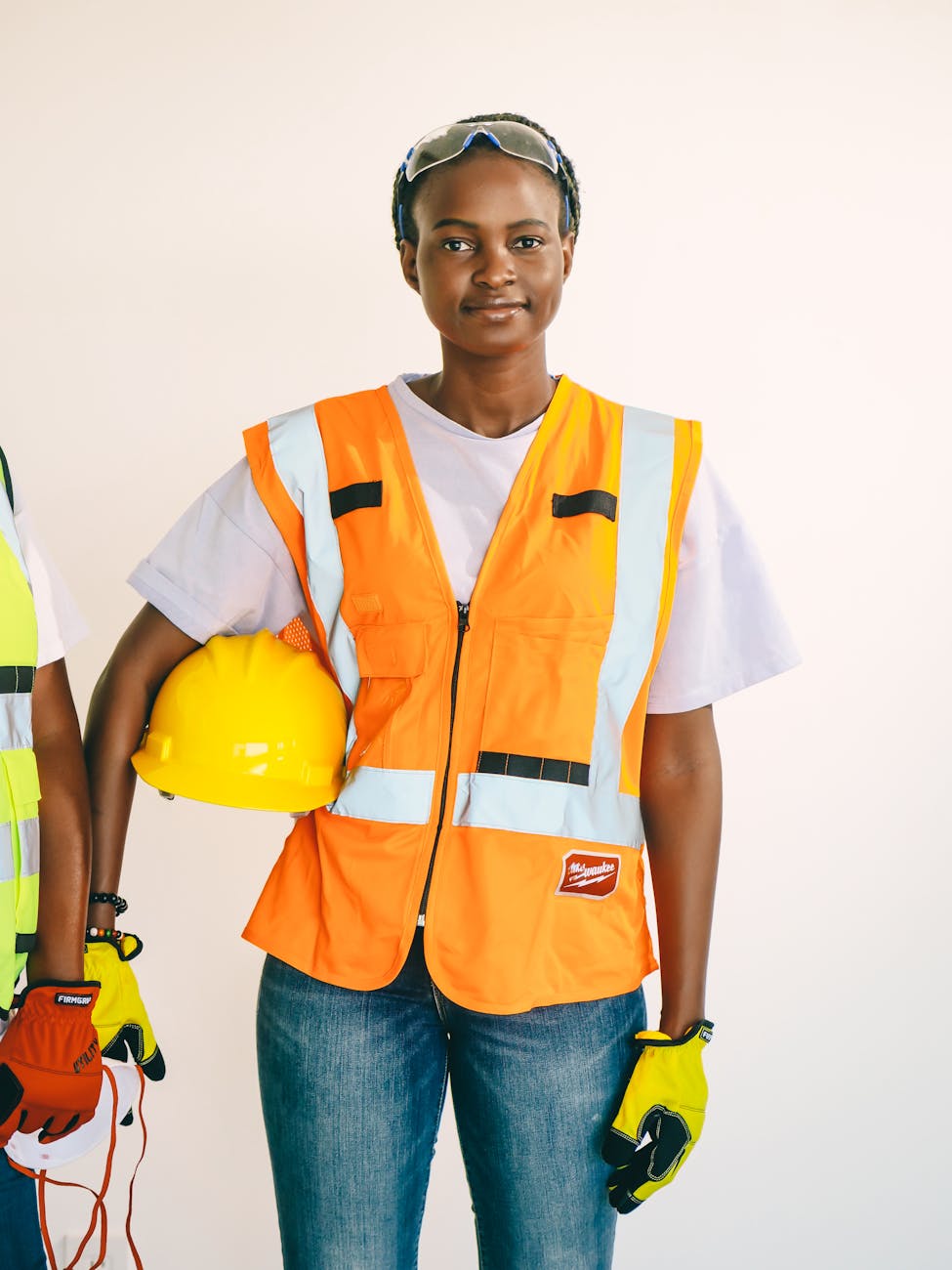
10 Personal Protective Equipment and Their Uses
Personal Protective Equipment (PPE) is crucial in various industries to ensure the safety and well-being of workers. Whether it’s construction, manufacturing, healthcare, or any other field where hazards are present, having the right PPE can make a significant difference in preventing injuries and illnesses. In this article, we’ll explore 10 types of personal protective equipment and their uses to understand their importance in safeguarding workers.
Introduction to Personal Protective Equipment (PPE)
PPE refers to equipment worn to minimize exposure to hazards that can cause serious injuries or illnesses. These hazards may include physical, chemical, biological, radiological, or mechanical threats. The primary goal of PPE is to create a barrier between the wearer and the potential hazard, thereby reducing the risk of harm.
Understanding the Importance of PPE
Protecting Against Hazards
The workplace can pose various risks to employees, ranging from falling objects and loud noises to harmful chemicals and airborne particles. PPE serves as the first line of defense against these hazards, offering protection to vital areas of the body such as the head, eyes, ears, lungs, hands, and feet.
Legal Requirements and Compliance
Many regulatory bodies and occupational safety standards mandate the use of PPE in specific work environments. Employers are legally obligated to provide suitable PPE to their employees and ensure its proper use. Failure to comply with these regulations can result in fines, penalties, or legal liabilities.
Types of Personal Protective Equipment
Head Protection
Head protection equipment, such as helmets or hard hats, shields workers from falling objects, impacts, and electrical shocks in construction, mining, and industrial settings.
Eye and Face Protection
Eye goggles, safety glasses, and face shields protect against flying debris, chemicals, and harmful radiation, preventing eye injuries in laboratories, welding, and carpentry.
Hearing Protection
Earplugs and earmuffs reduce exposure to loud noises, preserving hearing health in noisy environments like manufacturing plants and airports.
Respiratory Protection
Respirators, masks, and respirator cartridges filter out harmful airborne contaminants, safeguarding respiratory systems from dust, fumes, and pathogens in healthcare, agriculture, and painting.
Hand Protection
Gloves made of various materials, including latex, nitrile, and leather, shield hands from cuts, burns, chemicals, and infections in construction, healthcare, and food handling.
Foot Protection
Safety boots, steel-toed shoes, and puncture-resistant footwear offer protection against falling objects, sharp materials, and electrical hazards, ensuring foot safety in construction sites and warehouses.
Body Protection
Coveralls, aprons, and vests provide full-body coverage against chemical splashes, extreme temperatures, and biological hazards in laboratories, chemical plants, and hospitals.
Fall Protection
Harnesses, lanyards, and anchor points prevent falls from heights, securing workers on elevated surfaces such as roofs, scaffolds, and towers in construction and roofing.
Skin Protection
Sunscreen, protective clothing, and barrier creams shield the skin from UV radiation, chemicals, and irritants, reducing the risk of burns, rashes, and skin cancer in outdoor occupations.
Miscellaneous PPE
Other types of PPE include safety harnesses for confined spaces, reflective vests for visibility, and hearing aids for hearing-impaired workers, addressing specific safety needs in various work environments.
Guidelines for Selecting and Using PPE
Assessing Risks
Before choosing PPE, employers should conduct thorough risk assessments to identify potential hazards and determine the appropriate protective measures needed.
Ensuring Proper Fit
PPE should fit comfortably and securely to provide maximum protection without restricting movement or causing discomfort to the wearer.
Training and Education
Proper training and education programs should be implemented to ensure that employees understand how to use, maintain, and store PPE correctly.
Maintenance and Replacement
Regular inspection, maintenance, and replacement of PPE are essential to ensure its effectiveness and reliability over time.
Common Mistakes to Avoid with PPE
- Ignoring PPE regulations and recommendations
- Using damaged or expired equipment
- Failing to provide proper training and supervision
- Neglecting to conduct regular safety audits and assessments
Conclusion
Personal Protective Equipment plays a crucial role in ensuring the safety and well-being of workers across various industries. By understanding the different types of PPE and their uses, employers can create safer work environments and reduce the risk of workplace injuries and illnesses.
Proper Use of Equipment and PPE
Hand Protection: Glove Selection and Proper Use
Eye Protection: Selection and Maintenance
Respiratory Protection: Selection and Maintenance
PPE: Selection, Fit, and Refusal Steps
FAQs about Personal Protective Equipment
- What is the purpose of Personal Protective Equipment? Personal Protective Equipment is designed to protect workers from various hazards present in the workplace, including physical, chemical, biological, and radiological threats.
- Who is responsible for providing PPE? Employers are responsible for providing suitable PPE to their employees free of charge and ensuring its proper use and maintenance.
- How often should PPE be inspected and replaced? PPE should be inspected regularly for signs of damage or wear and replaced as needed to maintain its effectiveness and reliability.
- Can PPE eliminate all workplace hazards? While PPE provides a crucial layer of protection, it cannot eliminate all workplace hazards. Employers should implement additional safety measures and controls to minimize risks.
- Are there specific regulations governing the use of PPE? Yes, many regulatory bodies, such as OSHA (Occupational Safety and Health Administration) in the United States, have specific regulations and standards regarding the selection, use, and maintenance of PPE in the workplace.
























